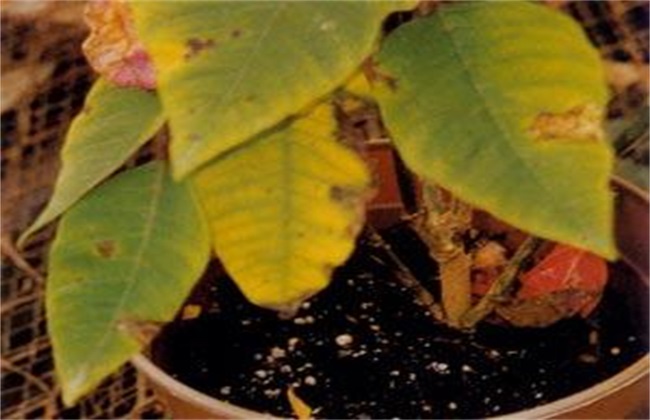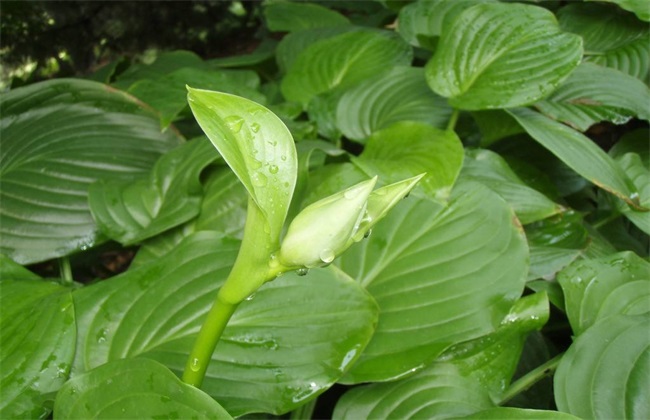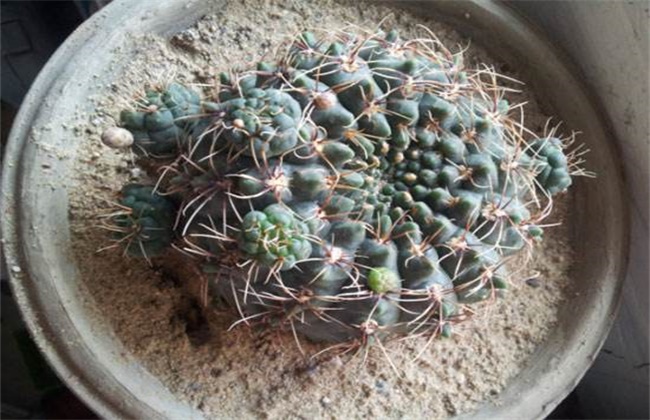How is a poinsettia leaf yellowing?
Poinsettia is a shrub plant of Euphorbiaceae, which is cultivated in most parts of our country. Generally, it is more common in various gardens and parks, and has a high ornamental value. And stems and leaves can also be used in medicine, with more efficacy. It is welcomed by many people, but when raising poinsettia, there is often a yellowing of poinsettia leaves. So what about the yellowing of poinsettia leaves? Let's take a look at it.

1. the light is too strong
Poinsettia has a certain demand for light, in the process of poinsettia growth, the appropriate light is very beneficial to the growth of poinsettia. But we should also pay attention to control the light intensity, if the light is too strong, especially if the shading work is not done well in the summer strong light season. Then poinsettia leaves are easily burned by sunlight, and yellow leaves fall because of high temperature drying leading to rapid evaporation of leaf water. Therefore, when we breed poinsettia, we should pay attention to maintain a suitable lighting environment. In summer, it is necessary to do a good job of shading and properly spray water to improve air humidity.
2. The temperature is too low
Poinsettia likes to grow in a warm environment and its cold resistance is very poor. The suitable temperature for its growth is about 18 degrees, and it needs more than 15 degrees even at night in winter. If the temperature is lower than 5 degrees, then the leaves will be yellow because the temperature is too low. However, the temperature should not be too high, too much temperature will lead to a poinsettia leaf water evaporation too fast, but also easy to yellow leaves. Therefore, we should control the temperature, do a good job of heating and keeping warm in winter, and do not let poinsettia plants be blown directly by the cold wind. When the temperature is too high, it should be properly cooled and sprayed reasonably to ensure the normal growth of poinsettia.
3. Overwatering
Although poinsettia requires more water, it likes to grow in a more humid environment. However, we should still pay attention to control the amount of watering, not too much watering, if the soil produces stagnant water, then it will inhibit root respiration, affect nutrition absorption, and prone to root rot. And many factors will lead to the yellowing of poinsettia leaves. Therefore, we should pay attention to control the amount of water, not too much. Make reasonable adjustments according to seasonal changes, such as watering the soil once every three days in spring to keep the soil moist. In summer, water should be watered about once a day, spraying water around the plant appropriately.
4. Improper fertilization
A variety in the growth process of the demand for nutrition is still relatively large, so we still need to do a good job of fertilization when raising poinsettia. In particular, we should pay attention to supplement sufficient trace elements for poinsettia, if the fertilizer is not fertilized properly and the proportion of nutrients in the fertilizer is out of balance. Then a poinsettia leaf will also appear the phenomenon of fallen leaves and yellow leaves. Therefore, when we turn the plant over every year, we should pay attention to apply the right amount of base fertilizer. After each pruning, some thin fertilizer and water can be applied properly to provide adequate nutrition for the growth of poinsettia.
The above is a brief introduction to the yellowing of poinsettia leaves. That's all for today's introduction. This article is for reference only. I hope it can help you all.
Related
- Fuxing push coffee new agricultural production and marketing class: lack of small-scale processing plants
- Jujube rice field leisure farm deep ploughing Yilan for five years to create a space for organic food and play
- Nongyu Farm-A trial of organic papaya for brave women with advanced technology
- Four points for attention in the prevention and control of diseases and insect pests of edible fungi
- How to add nutrient solution to Edible Fungi
- Is there any good way to control edible fungus mites?
- Open Inoculation Technology of Edible Fungi
- Is there any clever way to use fertilizer for edible fungus in winter?
- What agents are used to kill the pathogens of edible fungi in the mushroom shed?
- Rapid drying of Edible Fungi



